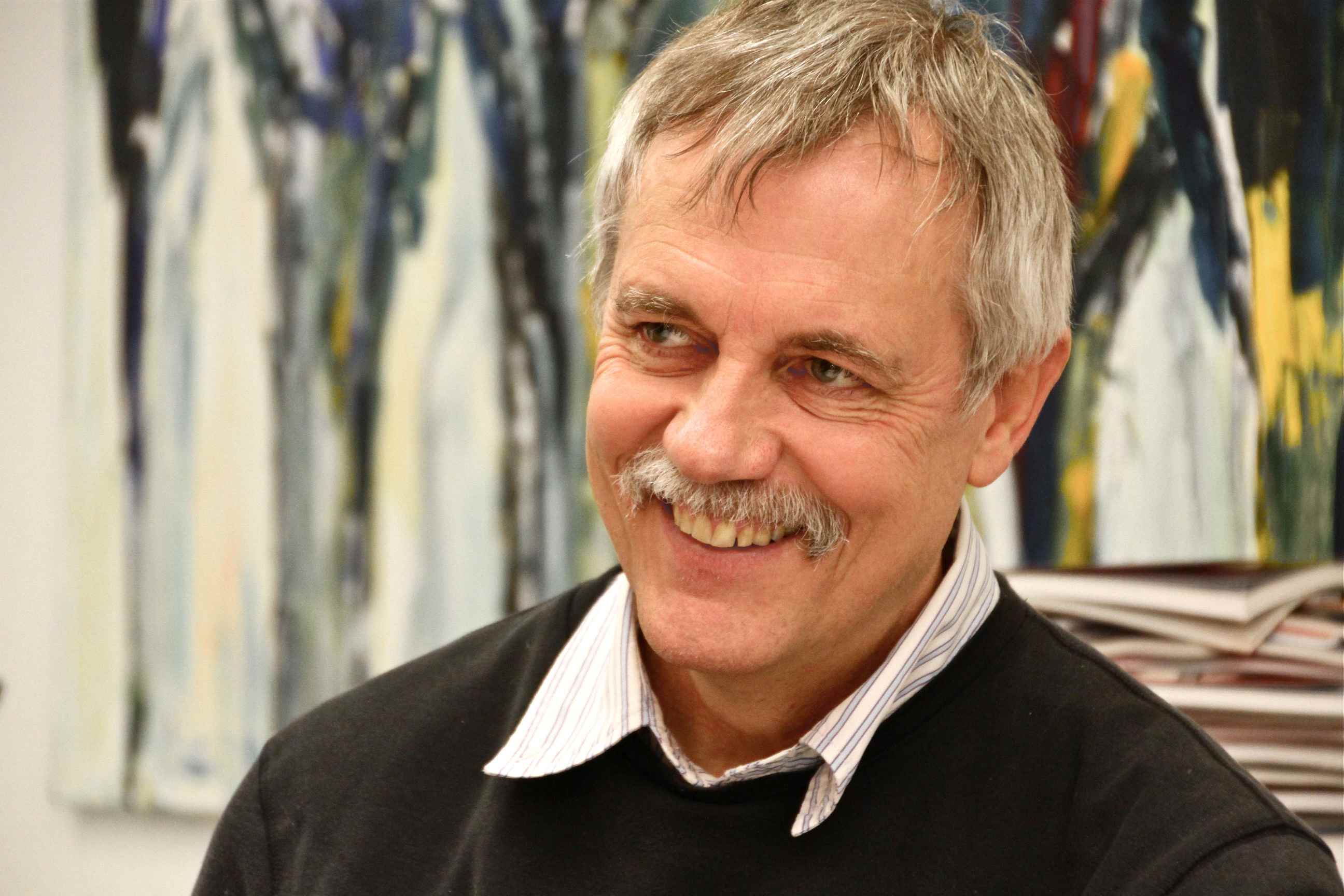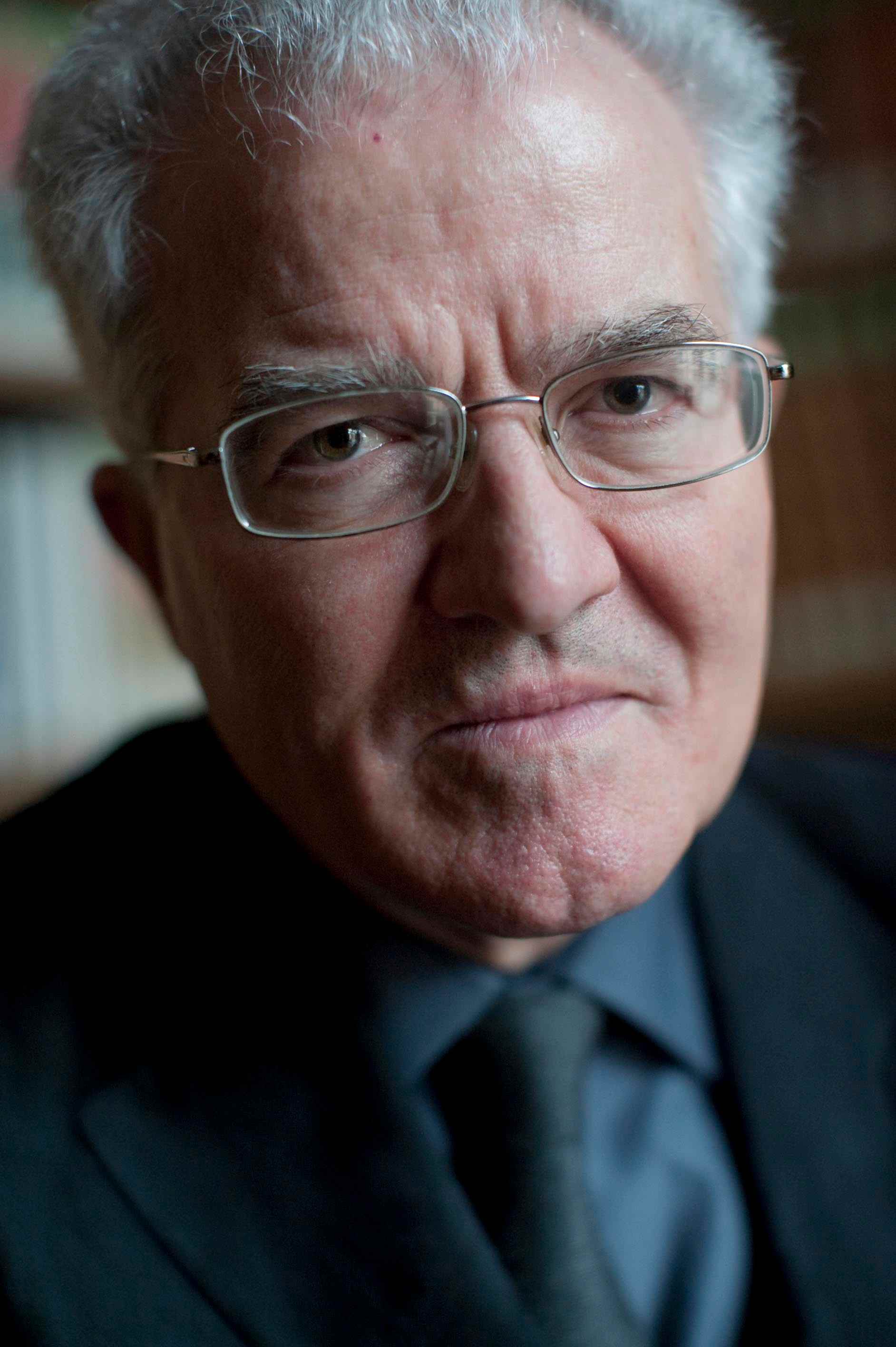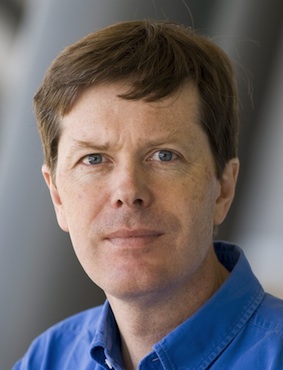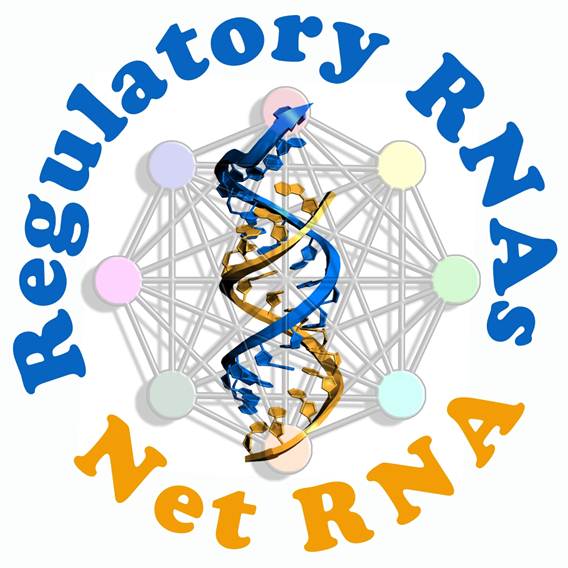Bioinformatics and systems biology
Tuesday 2 September
16:30-18:00, Grand Auditorium
|
|
Wellcome Trust Sanger Institute, Cambridge, UK Human Genetic Diversity and Functional Variation
Biography Richard Durbin is a Senior Group Leader and Acting Head of Computational Genomics at the Wellcome Trust Sanger Institute, in Cambridge, England. Following a first degree in mathematics he received his PhD at the MRC Laboratory of Molecular Biology in Cambridge, and then following postdocs at Cambridge and Stanford joined the Sanger Institute when it was founded in 1992. Dr Durbin’s primary research interests are in human genetic variation and computational genomics. He is the leader or co-leader of the 1000 Genomes Project to characterize global genetic variation, the UK10K consortium to extend sequence based genetics to samples with clinically relevant phenotypes, and with Fiona Watt the HipSci consortium to make a panel of human IPS cell lines and carry out cellular genetics studies on them. His group has also made theoretical and algorithmic contributions to biological sequence and evolutionary analysis, and developed important computational methodology and software for genomic data processing analysis, leading to him being senior author on the initial bwa software, and on BAM and VCF file formats and associated toolkits. He also led the gorilla genome sequencing project, and led or helped lead the development of a number of bioinformatics database resources including the Pfam database of protein families, WormBase (the model organism database for C. elegans), the TreeFam database of gene trees, and the Ensembl genome data resource. Dr Durbin is a Fellow of the Royal Society, a Member of EMBO, and Honorary Professor of Computational Genomics at the University of Cambridge. |
|||
|
|
||||
 |
Ruedi Aebersold
Department of Biology, Institute of Molecular Systems Biology, ETH Zurich and Faculty of Science, University of Zurich Genetic Variability and the Quantitative Proteome The question how genetic variability is translated into phenotypes is fundamental in biology and medicine. Powerful genomic technologies now determine genetic variability at a genomic level and at unprecedented speed, accuracy and rather low cost. To date, the effects of genomic variability on the expressed information of the cell has been mainly studied by transcript profiling. In this presentation we will discuss emerging computational and quantitative proteomic technologies to relate genotypic variation to the proteome. Proteomic data to support such correlations need to be quantitatively accurate, highly reproducible across multiple measurements and samples, and generable at high throughput. Data with these qualities can now be generated by the targeted proteomic methods selected reaction monitoring (SRM) and, at higher throughput, by SWATH-MS. We will discuss the principles of these mass spectrometric methods, discuss the computational challenges they pose for data analysis, and demonstrate with selected applications their ability to determine the effect of genetic variability on the quantitative proteome, thus functionally connecting the genome to the proteom.Biography Dr. Ruedi Aebersold is a Swiss and Canadian scientist in the field of proteomics and systems biology. He was trained as a cell biologist at the Biocenter of the University of Basel and completed his education at the California Institute of Technology. He holds an appointment as Professor at the ETH (Swiss Federal Institute of Technology) Zurich, with a joint appointment at the University of Zurich, Switzerland. He has served on the faculties of the Universities of British Columbia and Washington, rising to the rank of full Professor in 1998. He co-founded the Seattle Institute for Systems Biology, participates as a member of Scientific Advisory Boards for a number of academic and private sector research organizations, and serves as senior editor for the journals Molecular and Cellular Proteomics and Molecular Systems Biology. He has co-founded several companies. Dr. Aebersold is one of the pioneers in the field of proteomics and systems biology. He is known for developing a series of methods and technologies for quantitative proteomics that can be applied to enhance our understanding of the structure, function, and control of complex biological systems. His group was instrumental in the landmark development of methods and reagents for stable isotopic labeling of protein samples, enabling a quantitative dimension to biological mass spectrometry and the development of software tools for the statistically supported analysis of proteomics data. The group has pioneered the use of chemical cross linking, in association with mass spectrometry, to generate a new data dimension in support of hybrid structural biology methods. Recently, the group has pioneered the use of targeted mass spectrometry for the generation of consistent quantitative proteomic datasets on differentially perturbed systems and developed a breakthrough technique termed SWATH-MS for the consistent quantification of thousands of proteins across large sets of biological or clinical samples. Dr. Aebersold has published more than 600 peer reviewed papers that have generated > 60.000 citations. He has reached an h-factor of 119 and is the recipient of numerous awards for his contribution to the field of protein sciences and proteomics including the Thompson Medal (2012), the EuPA Pioneer award (2012), MCP-HUPO lectureship (2011), the ASBMB Herbert Sober award (2009), the Otto Naegeli Prize (2009), the ABRF Award (2008), the FEBS Buchner Medal (2006), the HUPO Award (2005), the ASMS Biemann medal (2002) the Widmer award (2002), and the 2003 World Technology award. He has also led a number of national and international science programs. These include SystemsX.ch, the Swiss initiative for systems biology, a large (225 Mio Swiss Frank) national program and the biology/disease related branch of the international human proteome project of the Human Proteome Organization (HUPO). |
|||
|
|
||||
 |
Eric Westhof
IBMC-CNRS, Strasbourg, FR RNA Architectural Modules and the RNA-Puzzles Modeling Contest
RNA architecture is thus viewed as the hierarchical assembly of preformed double-stranded helices defined by Watson-Crick base pairs and RNA modules maintained by non-Watson-Crick base pairs. RNA modules are recurrent ensemble of ordered non-Watson-Crick base pairs. Such RNA modules constitute a signal for detecting structured non-coding RNAs with specific biological functions. It is, therefore, important to be able to recognize such elements within genomes. Through systematic comparisons between homologous sequences and x-ray structures, followed by automatic clustering, the whole range of sequence diversity in recurrent RNA modules has been characterized. These data permitted the construction of a computational pipeline for identifying known 3D structural modules in single and multiple RNA sequences in the absence of any other information. Any module can in principle be searched, but four can be searched automatically: the G-bulged loop, the Kink-turn, the C-loop and the tandem GA loop. The present pipeline can be used for RNA 2D structure refinement, 3D model assembly, and for searching and annotating structured RNAs. RNA-Puzzles are collective and blind experiments in RNA three-dimensional structure prediction. The goals are to assess the leading edge of RNA structure prediction techniques, compare existing methods and tools, and evaluate their relative strengths, weaknesses, and limitations in terms of sequence length and structural complexity. The results should give potential users insight into the suitability of available methods for different applications and facilitate efforts in the RNA structure prediction community in their efforts to improve their tools. Generally, the less well-predicted models always had worse non-Watson-Crick scores, demonstrating the importance of identifying non-Watson-Crick pairs and RNA modules. Biography Eric Westhof received his Ph.D. in Biophysics in 1974 (Liège University, Belgium) after graduate work at Regensburg University, Germany. In 1977, first as a FULBRIGHT-HAYS Research Fellow, later as Research Associate, he joined the Department of Biochemistry, University of Wisconsin (Madison, USA) to work with M. Sundaralingam in crystallography of nucleic acids. In 1981, with a EMBO post-doctoral fellowship, he moved to Strasbourg to work with Dino Moras on transfer RNA crystals. In 1988, he became Professor of Structural Biochemistry at the University of Strasbourg. Since 2006, he is Director of the Institut de Biologie Moléculaire et Cellulaire and head of the unit « Architecture et Réactivité de l’ARN » of the CNRS. His research activities are centered on the relationships between sequences, architectures, evolution and functions of RNA molecules, especially those with catalytic activity. The tools used are X-ray crystallography, bioinformatics, sequence comparisons, three-dimensional modelling and molecular dynamics simulations. He is executive editor of « RNA Journal » and « Nucleic Acids Research ». He is a member of EMBO (1998), Deutsche Akademie der Naturforscher LEOPOLDINA (2000), Academia Europaea (2001), the Académie des Sciences (2011). |
|||








